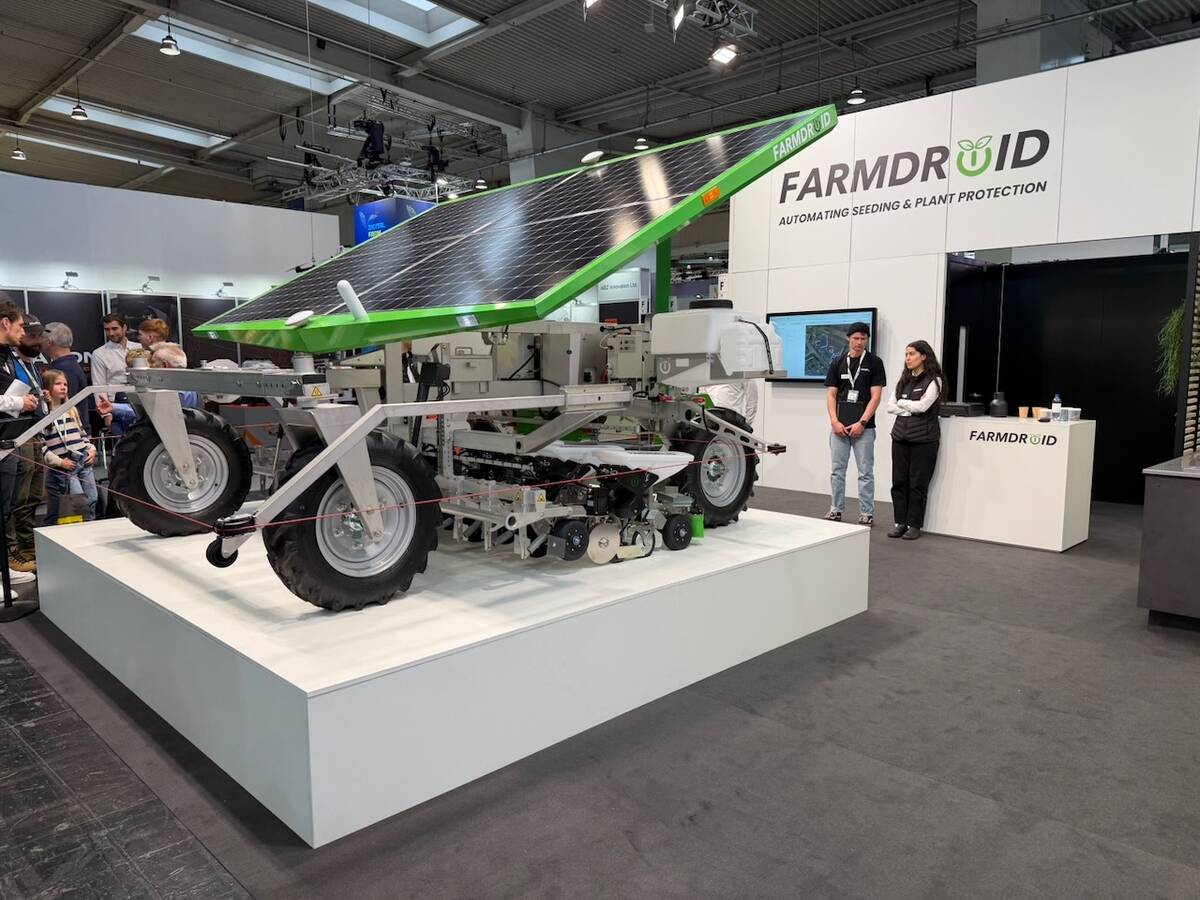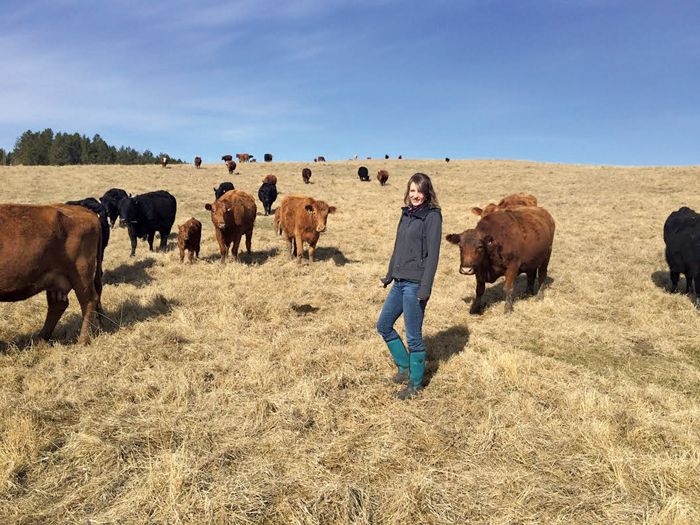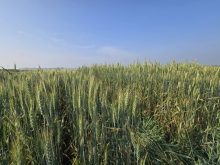Canadian farmers are no strangers to the auction mart — but they do things a little differently at the sail-through auction in the Realm of a Thousand Islands.
Like a quarter of the Netherlands, this area in North Holland lies below sea level, but that didn’t stop farmers from settling on its marshy lands centuries ago. In order to create the fertile ground they needed to grow their crops, farmers dug canals and built up islands where they could plant fields of fruits and vegetables.
Each farmer worked seven islands that were only accessible by barge — hence the name Realm of a Thousand Islands (though it was more like 15,000). And once they had a boat full of produce, it was time to go to auction.
Farmers would bring their laden boats to the dike where the auction was held, at the village of Broek op Langedijk. Opened in 1887, the open-air, sail-through auction quickly became popular among the local farmers. Every day except Sunday upwards of 150 boatloads were auctioned off.
As each boat came through, the auctioneer would holler at the traders, “Who wants to buy this full load of cauliflower for $0.21 apiece?” If no one answered, the price was too high, and the real auction began.
Twenty cents, 19 cents, 18 cents, 17, 16, 15.
“Mine!”
Just like that, a trader would shout out his bid, and the boat was his.

If two traders shouted “mine” at the same time, the fight was on, and a field constable would be called up to decide the winner. (Usually, whoever had paid the field constable the largest bribe earlier that morning.)
That open-air spectacle continued until 1912, when an auction mart was built, complete with canals, benches, auction clock, and bid buttons, which traders would press when they wanted to make a bid. In this new auction house, timing was everything. Press the button too soon and you would pay too much for your produce; too late and you would miss out on the sale entirely.
A contingent of farm writers (attending the recent International Federation of Agricultural Journalists Congress) learned this the hard way during a trip to the auction mart, which closed in 1973 but is beautifully preserved as the Museum BroekerVeiling.
Read Also

The long march to autonomy
The big players in the machinery market keep adding pieces towards autonomous vehicles for farming, but how far away is a final product?
In the very seats where traders bought their vegetables, journalists from around the world took part in their very own — very real — vegetable auction.
It was a scene straight out of history: A young farmer poles her barge up the central canal splitting the auction house, displaying her wares to these unsuspecting traders. She hefts a bag of oranges overhead, and the auction begins in earnest.
One dollar, 95 cents, 90, 85.
A reporter with an itchy trigger finger presses his button. The bid board lights up with the number of his seat. He’s won.
But the real winner is the young farmer who just sold her oranges for three times their value.
Even today, it pays to pay attention to the markets at the world’s oldest sail-through auction.















